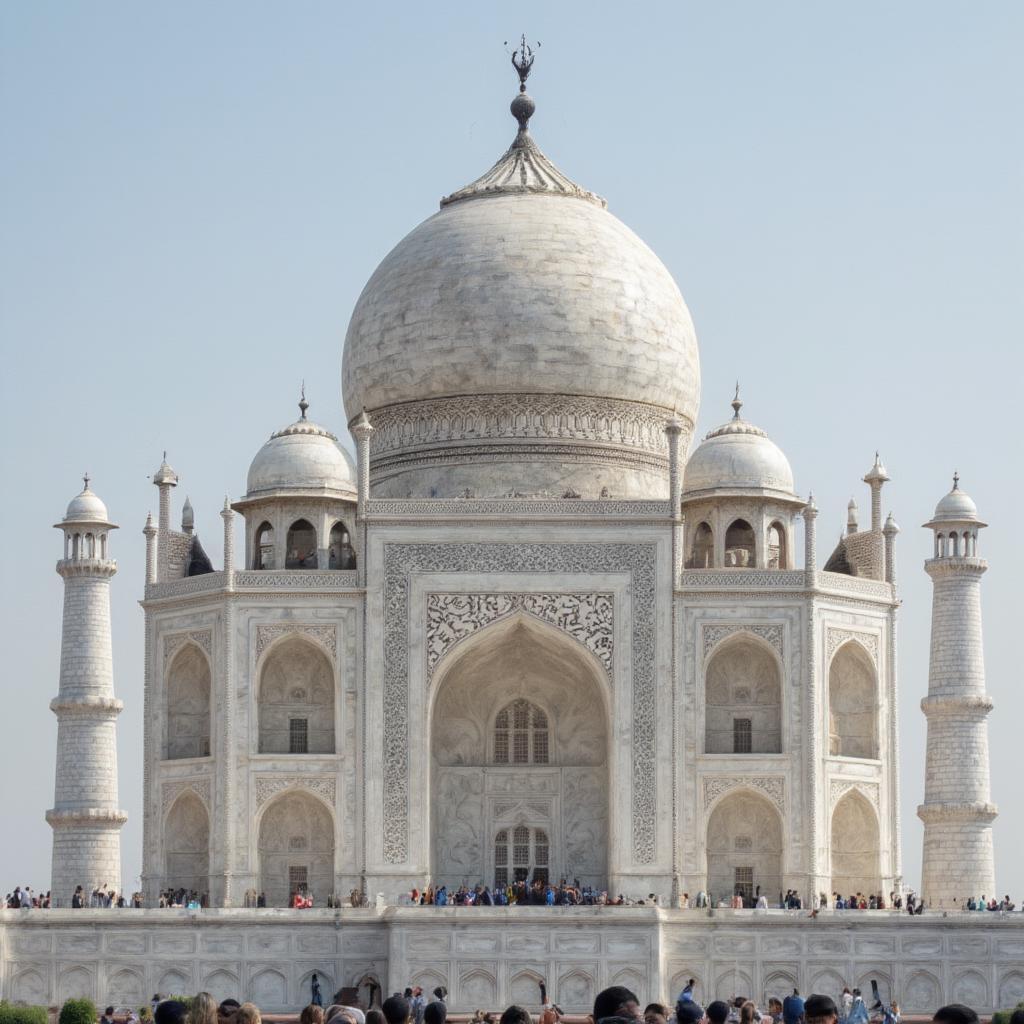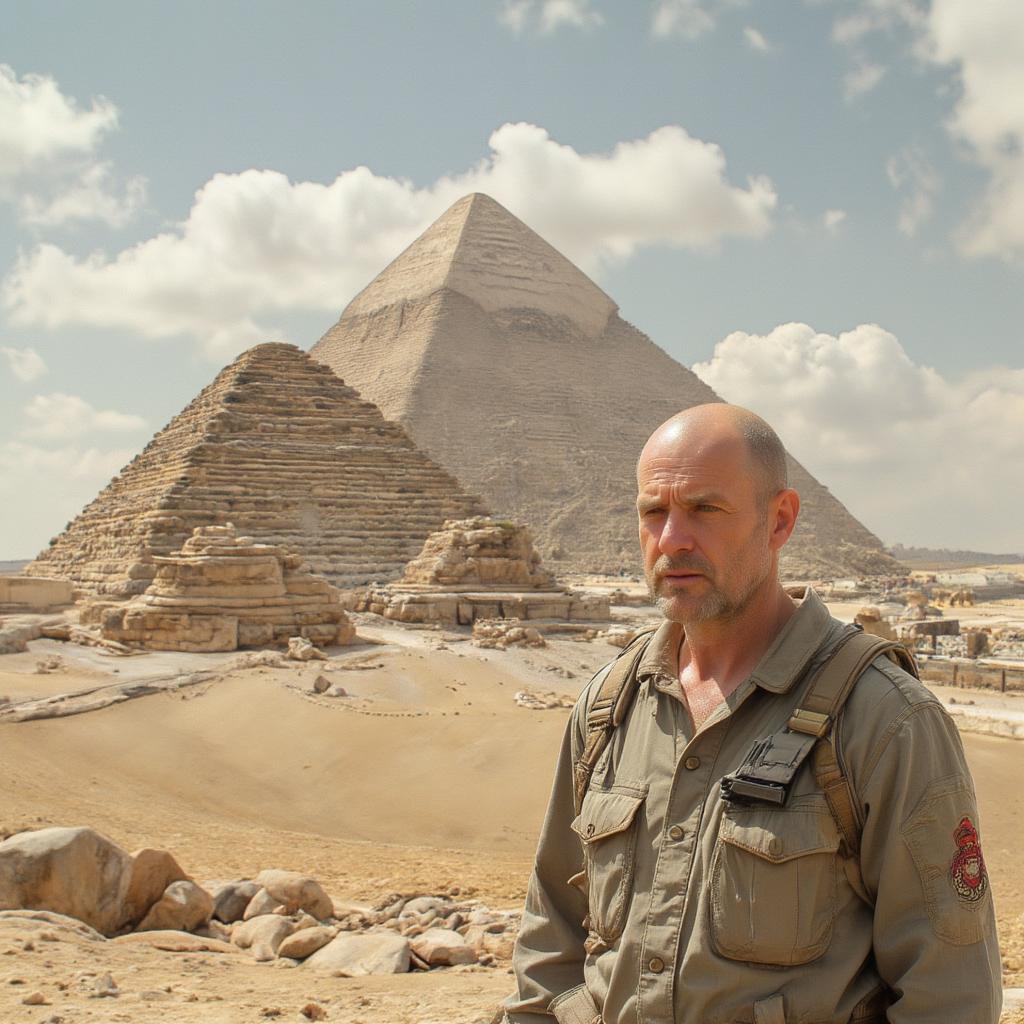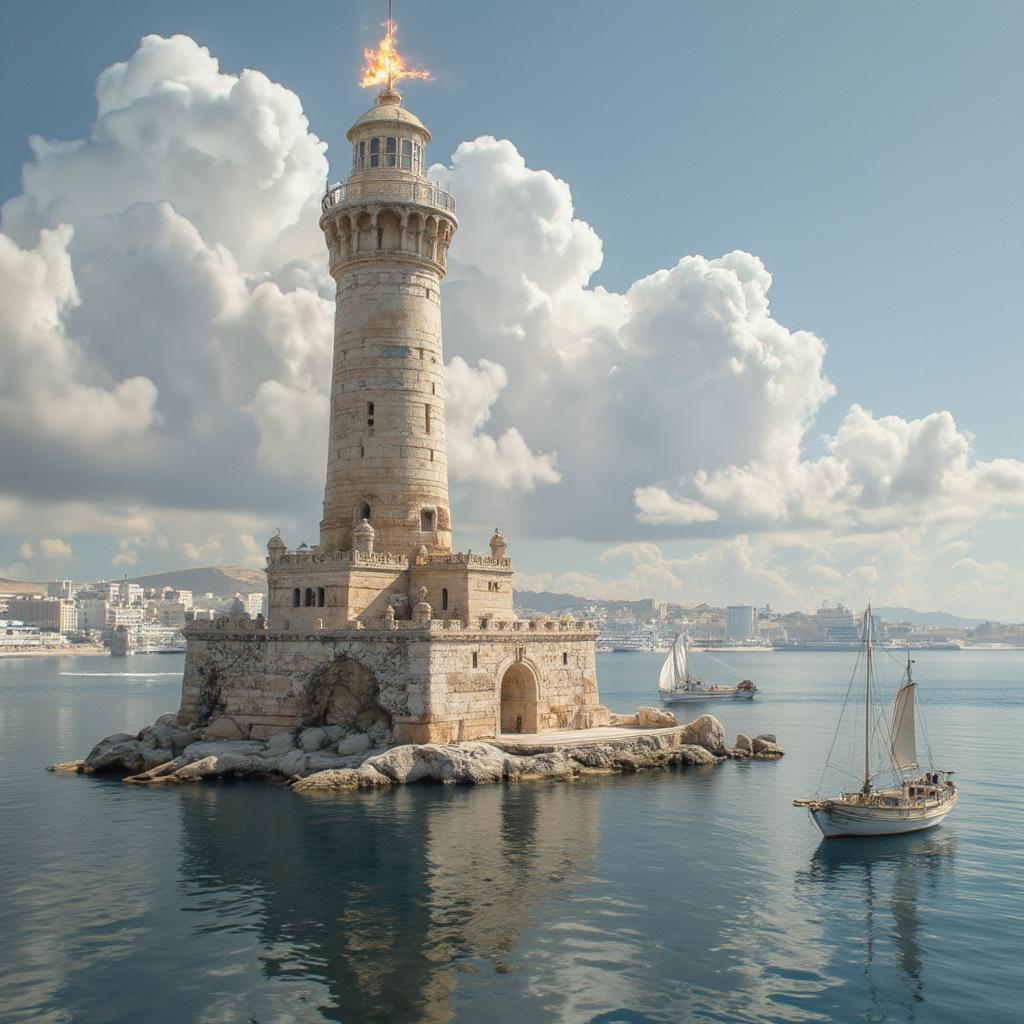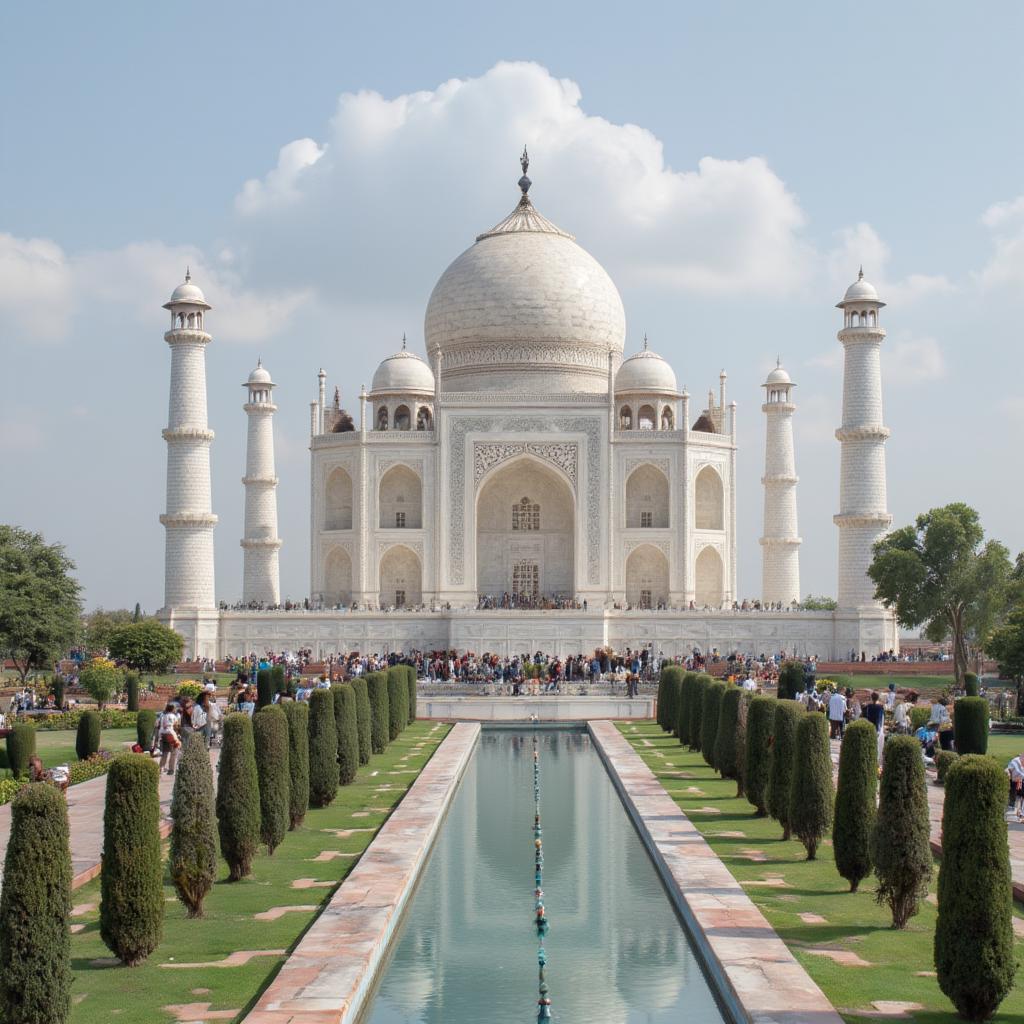Discovering the Legacy of the Old 7 Wonders of the World
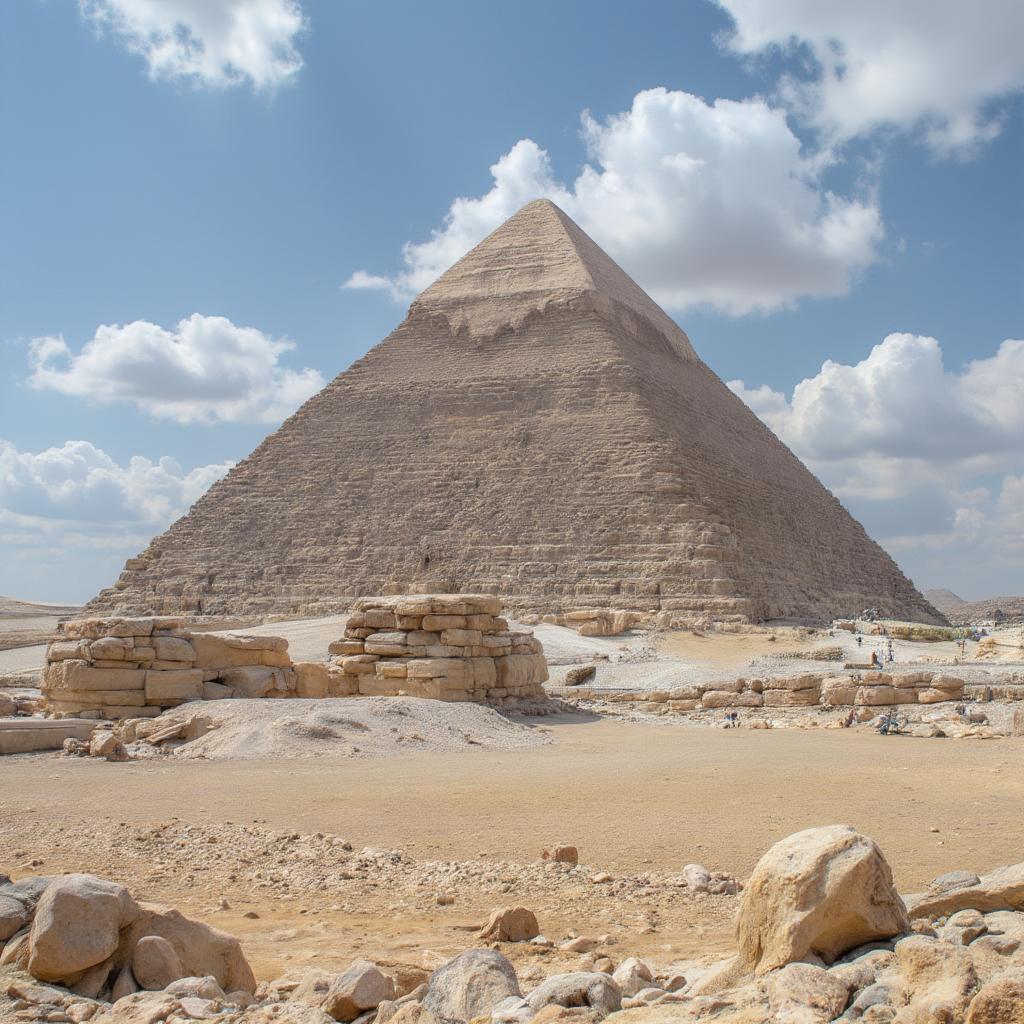
The old 7 wonders of the world represent the pinnacle of ancient human achievement, showcasing remarkable feats of engineering, artistry, and cultural significance. These magnificent structures, largely lost to time, continue to captivate our imaginations and serve as a testament to the ingenuity of past civilizations. Let’s delve into the stories behind these iconic landmarks, exploring their history, architecture, and the profound impact they’ve had on our understanding of the ancient world. We’ll also touch upon their historical context, how they were chosen, and what lessons they offer us today.
What Were the Old 7 Wonders of the World?
The list of the old 7 wonders of the world was first compiled by ancient Greek historians and writers, a selection of the most remarkable human-made structures known to them. Unlike the current seven wonders of the world, which are chosen through a public process, the old wonders were selected based on their impressive scale, artistic merit, and overall grandeur. These were marvels that went above and beyond, embodying human ambition and creative potential.
Here’s a quick look at these incredible structures:
- The Great Pyramid of Giza (Egypt)
- The Hanging Gardens of Babylon (Mesopotamia)
- The Statue of Zeus at Olympia (Greece)
- The Temple of Artemis at Ephesus (Turkey)
- The Mausoleum at Halicarnassus (Turkey)
- The Colossus of Rhodes (Greece)
- The Lighthouse of Alexandria (Egypt)
These structures were far more than mere buildings; they were symbols of their respective cultures, reflecting the values, beliefs, and capabilities of the societies that built them.

The Great Pyramid of Giza: A Timeless Marvel
The Great Pyramid of Giza is the oldest and only remaining wonder of the old 7 wonders of the world. Constructed as a tomb for Pharaoh Khufu, its sheer size and precise engineering are nothing short of astounding. It took an estimated 20 years to complete, employing tens of thousands of workers. Built with over two million limestone blocks, the pyramid’s internal structure is a complex labyrinth of passageways and chambers, including the King’s and Queen’s chambers. The precision with which the stones were cut and placed is still debated, as is the method by which it was constructed. This ancient wonder continues to intrigue archaeologists and historians to this day. As Dr. Eleanor Vance, an expert in ancient Egyptian architecture, once said, “The Great Pyramid of Giza is not just a structure; it is a time capsule, a window into the ingenuity and ambitions of an ancient civilization.”
The Hanging Gardens of Babylon: A Verdant Oasis
The Hanging Gardens of Babylon, a legendary feat of ancient engineering, are the most elusive of the seven wonders. While no physical remains have been definitively found, they are frequently cited in Greek and Roman texts. Attributed to King Nebuchadnezzar II for his wife, Queen Amytis of Media, these gardens were rumored to be terraced structures filled with exotic plants and trees, watered by an intricate irrigation system. The description paints a picture of an artificial mountain, lush and thriving, in the heart of the desert. These gardens represented not only the King’s love for his queen but also a symbol of wealth and power. The story of the seven wonders of old world is incomplete without mentioning this botanical marvel.
The Statue of Zeus at Olympia: A Divine Image
The Statue of Zeus at Olympia, housed within the Temple of Zeus, was a massive gold and ivory sculpture of the king of the gods. Crafted by the renowned Greek sculptor Phidias, the statue depicted Zeus seated on an elaborate throne, a symbol of his authority. According to ancient accounts, the statue was over 40 feet tall and covered in precious materials, making it a spectacle of both artistic and religious significance. Unfortunately, the statue was destroyed centuries ago, but its legend endures. As described by Professor Alistair MacLeod, a specialist in ancient Greek sculpture, “The Statue of Zeus at Olympia was more than art; it was a representation of divine power, reflecting the values and beliefs of the ancient Greeks.”
The Temple of Artemis at Ephesus: A Shrine to Divinity
The Temple of Artemis at Ephesus was one of the largest and most revered temples of the ancient world. Dedicated to the Greek goddess of the hunt, the temple was famous for its magnificent scale and intricate details. This awe-inspiring temple housed numerous artistic elements including sculptures, friezes, and colossal columns. It was more than just a place of worship; it was a hub of commerce and culture, attracting visitors from across the ancient world. Multiple reconstructions were undertaken throughout its history, culminating in its final form before it was eventually destroyed. Learning about the old 7 wonders of the world names in english provides insights into the diverse beliefs of ancient societies.
The Mausoleum at Halicarnassus: A Monumental Tomb
The Mausoleum at Halicarnassus, commissioned by Queen Artemisia II for her husband Mausolus, was a monumental tomb that gave rise to the word “mausoleum.” It was a striking example of funerary architecture, adorned with elaborate sculptures, friezes, and statuary. The structure was so impressive that it became one of the most acclaimed structures of its time. It featured a grand staircase, columns, and a pyramid-shaped roof, a testament to the artistic and engineering prowess of the ancient world. As quoted by historian, Dr. Evelyn Reed, “The Mausoleum at Halicarnassus was not just a tomb; it was an architectural masterpiece that redefined funerary art.”
The Colossus of Rhodes: A Sun God’s Guard
The Colossus of Rhodes was a massive bronze statue of the Greek sun god Helios, erected on the island of Rhodes. Standing approximately 108 feet tall, it was said to straddle the harbor entrance, a breathtaking sight for ships arriving at Rhodes. The statue was a symbol of the city’s might and prosperity. Unfortunately, it was felled by an earthquake after only 56 years, its pieces scattered across the harbor. Despite its short lifespan, the image of the Colossus continues to be one of the most iconic symbols of the ancient world. It’s a key piece in understanding the seven wonders of the old world.

The Lighthouse of Alexandria: A Beacon of Guidance
The Lighthouse of Alexandria, a towering structure built on the island of Pharos, was one of the tallest man-made structures of its time. It was constructed using large limestone blocks, reaching heights estimated to be between 330 to 450 feet, and equipped with a mirror system that projected light far out to sea, guiding ships safely into the harbor. The lighthouse’s light was said to be visible from 35 miles away. The lighthouse was a symbol of the city’s importance as a major port and center of learning. It collapsed due to a series of earthquakes, but its legacy as a navigational marvel lives on. Considering all seven world wonders of the world, this lighthouse holds a special place in maritime history.
Why Do the Old 7 Wonders Matter Today?
The old 7 wonders of the world continue to matter today for several reasons. Firstly, they represent the apex of human creativity and skill in the ancient world. They provide an important historical context for understanding the societies that built them. Studying these marvels offers valuable insights into ancient engineering, architectural techniques, and artistic expression. Secondly, the wonders remind us of the fragility of human achievements, many having been destroyed by natural disasters or the ravages of time. Lastly, they spark a sense of wonder and inspire us to appreciate both the past and the potential for future generations to create remarkable structures. If you’re interested in seeing more marvels, be sure to explore the 7 current wonders of the world.
Conclusion
The old 7 wonders of the world, though mostly gone, remain powerful symbols of human ingenuity and ambition. Each structure, from the majestic Great Pyramid of Giza to the lost Hanging Gardens of Babylon, holds a story of ancient civilizations and their remarkable feats. Exploring these wonders provides a deep dive into the past and reminds us of the incredible legacy left by our ancestors. These ancient marvels continue to ignite our curiosity and serve as a timeless source of inspiration. Consider exploring these marvels further and see how they have shaped our modern world. To understand further, be sure to check out our other content on seven wonders of old world.

